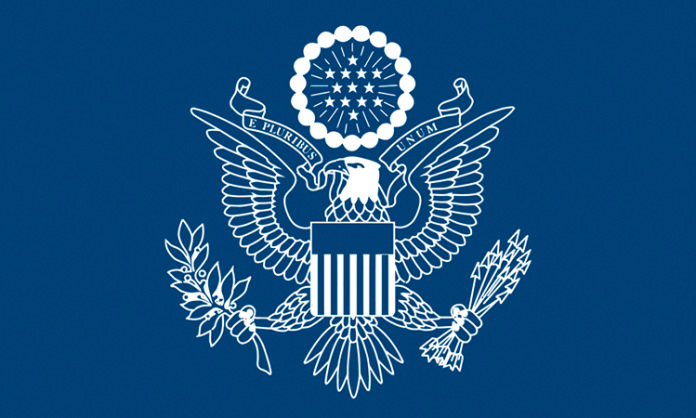U.S. Agency for International Development (USAID) Mission Director Stephen M. Haykin joined Lagos State Governor Babajide Sanwo-Olu in a virtual ceremony to sign a Letter of Cooperation under which USAID will support Lagos to develop an electrification plan to improve power service delivery in the state.
Lagos will implement the new Integrated Resource Plan (IRP) with support from the U.S. government’s Power Africa Nigeria Power Sector Program (NPSP) administered by USAID. The IRP will serve as a roadmap to guide development of a comprehensive, long-term electrification strategy for the state to improve planning and decision-making on power sector investments that will lead to more accessible and reliable electricity services in Lagos.
“This new roadmap will assist the government and energy stakeholders to predict power system requirements and enable the effective and efficient management of energy resources to drive Lagos’ prosperity for decades to come,” USAID Mission Director Stephen M. Haykin said at the ceremony. “It will support critical planning to meet consumer needs for electricity services in a way that satisfies multiple objectives for resource use.”
To support the IRP, NPSP will conduct a review and analysis of the state’s power sector to develop new planning mechanisms best suited to address its long-term residential, industrial, and public sector electricity needs, especially hospitals and health posts. It will also engage public and private sector stakeholders with trainings on electricity generation planning and load forecasting, as well as demand-side management.
“To improve access to electricity in sub-Saharan Africa, there is no better place to start than in Nigeria,” Governor Sanwo-Olu said. “This plan is a priority initiative for our state, which underpins our electricity strategy to ensure access and reliability to Lagos residents is a reality.”
The U.S. government-led Power Africa partnership brings together the collective resources of more than 170 public and private sector partners to double access to electricity in sub-Saharan Africa. Power Africa’s goal is to add 30,000 megawatts of new electricity generation capacity and connect 60 million new homes and businesses to power by 2030 on the continent.




